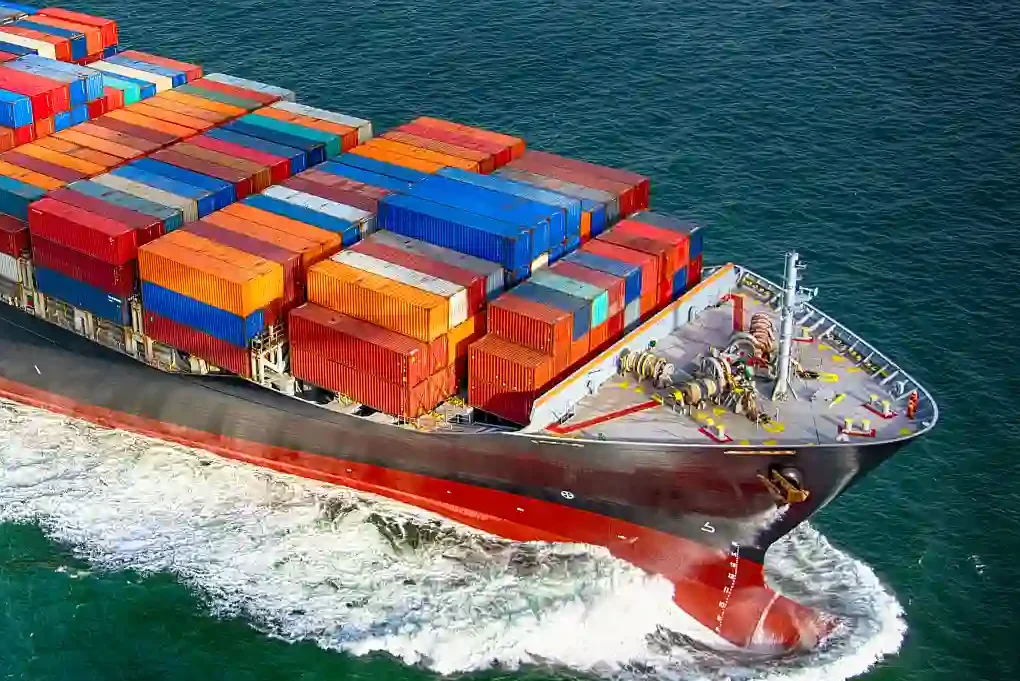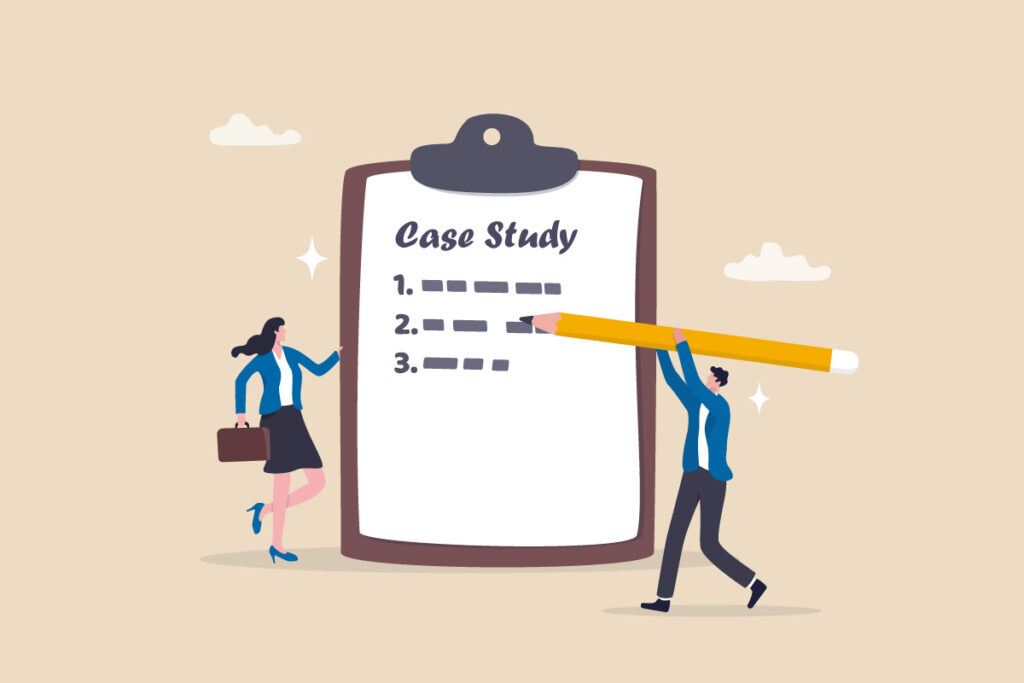- By TOP CHINA FREIGHT
- September 10, 2025
- Shipping
Table of Contents
The cost of a container from China can vary significantly depending on a range of factors, including container size, shipping method, destination, and market fluctuations. For businesses involved in international trade, understanding these costs is crucial to making informed decisions on how to manage their supply chain efficiently.

What Factors Influence the Cost of a Container from China?
When calculating the cost of a container from China, several factors come into play. These include the size of the container, the shipping method, fuel prices, and the time of year. Let’s explore some of the most critical factors that impact shipping costs.
| Factor | Impact on Cost |
|---|---|
| Container Size | Larger containers generally cost more, but may offer better per-unit pricing for bulk shipments. |
| Shipping Method | Sea freight is typically cheaper than air freight, but slower. |
| Fuel Prices | Fluctuating fuel prices can cause unexpected increases in shipping costs. |
| Seasonality | Shipping costs often rise during peak seasons, such as Chinese New Year or the holiday season. |
Types of Containers for Shipping from China
Containers come in various sizes and types, which can impact both the cost of a container from China and its suitability for your goods. Here’s an overview of the most common types of containers
20-Foot Container (TEU)
A 20-foot container, also known as a TEU (Twenty-foot Equivalent Unit), is the smallest standard container. It is ideal for smaller shipments or businesses that do not have enough goods to fill a larger container.
| Advantages | Disadvantages |
|---|---|
| Cost-effective for smaller shipments | Limited space for large goods |
| Easier to manage and track | Not ideal for bulk items |
40-Foot Container (FEU)
The 40-foot container is twice the size of the 20-foot container and is a popular choice for businesses with large shipments. It provides more flexibility in terms of volume and cost per unit of space.
| Advantages | Disadvantages |
|---|---|
| Suitable for large shipments | Higher upfront cost |
| Better cost efficiency for bulk goods | Requires more space for storage |
High Cube Container
A high cube container is similar to a standard 40-foot container, but it is one foot taller. This extra height makes it suitable for cargo that requires more vertical space.
| Advantages | Disadvantages |
|---|---|
| More space for larger or taller items | May have a higher rental cost |
| Ideal for lightweight goods | Not as widely available as standard containers |
How Does FCL Compare to LCL

Understanding the difference between Full Container Load (FCL) and Less than Container Load (LCL) can help you determine the most cost-effective shipping method based on your needs.
| Shipping Method | Description | Cost Range |
|---|---|---|
| FCL (Full Container Load) | You book an entire container for your goods. Best for large shipments. | More expensive per shipment, but more cost-efficient per unit for large quantities. |
| LCL (Less than Container Load) | You share container space with other shippers. Ideal for smaller shipments. | Lower cost for smaller shipments, but additional handling and transit time may apply. |
How Seasonal Demand Affects the Cost of a Container from China?
Shipping rates are highly susceptible to seasonal fluctuations. The demand for container shipping from China can rise dramatically during specific times of the year, such as Chinese New Year, Golden Week, and the holiday season. This surge in demand leads to higher prices, limited availability, and longer wait times.
| Season | Effect on Cost |
|---|---|
| Chinese New Year (Jan/Feb) | Rates increase due to higher demand and factory closures. |
| Peak Holiday Season (Oct-Dec) | Shipping demand peaks as retailers stock up for the holidays. |
| Off-Peak Season (Mar-May) | Generally, lower rates and more space availability. |
Container Leasing vs. Purchasing
Leasing a Container: Pros and Cons
| Pros of Leasing | Cons of Leasing |
|---|---|
| Lower Initial Costs | Higher Long-Term Costs |
| Flexibility | Limited Availability |
| No Maintenance Costs | Storage Costs |
| Scalability | Less Control Over Condition |
Purchasing a Container: Pros and Cons
| Pros of Purchasing | Cons of Purchasing |
|---|---|
| One-Time Payment | High Upfront Costs |
| Full Control and Customization | Storage and Maintenance |
| No Recurring Costs | Depreciation |
| Long-Term Savings | Inflexibility |
How to Calculate the Total Cost of Shipping a Container from China?
These fees vary by port and cover the cost of loading and unloading cargo
Cargo insurance protects against potential loss or damage during transit
These charges depend on the destination country’s laws and the type of goods being shipped
These can include fees for packing, loading, and unloading the cargo at various points during the journey
| Cost Component | Typical Fees (USD) |
|---|---|
| Shipping Freight | $1,000–$3,500 (for a 20-foot container) |
| Port Handling Fees | $100–$500 per container |
| Customs Duties | Varies by destination and goods category |
| Cargo Insurance | 0.5%–2% of the cargo value |
Lorem ipsum dolor sit amet, consectetur adipiscing elit. Ut elit tellus, luctus nec ullamcorper mattis, pulvinar dapibus leo.
Case Study

A Business’s Experience with Container Shipping from China
A mid-sized electronics company based in the US needed to import goods from China. After evaluating their shipping needs, they chose FCL shipping with a 40-foot container for their bulky electronics. They also opted for sea freight as it was the most cost-effective solution, despite the longer transit time.
By shipping during the off-peak season, they managed to save up to 20% on shipping costs compared to peak periods. The total cost of the container was $2,200, which included freight, port handling, and insurance. The shipment arrived on time, and the company was able to smoothly clear customs with minimal delays.
Conclusion
Understanding the cost of a container from China involves more than just the base freight charge. By considering factors like container size, shipping method, seasonal demand, and additional fees, you can make an informed decision and optimize your shipping costs. Whether you choose FCL or LCL, planning ahead and working with a reliable logistics provider can help you achieve the best results for your business.
Need a Shipping Quote?
If you want expert guidance and peace of mind, our team is ready to assist.
TJ China Freight offers tailored solutions to help businesses of all sizes ship more reliably from China.

FAQs
Q1:How much does it cost to ship a 20-foot container from China?
The cost ranges from $1,000 to $3,500 depending on the shipping method and additional charges such as insurance and port fees.
Q2:What is the difference between FCL and LCL shipping?
FCL (Full Container Load) involves renting an entire container, while LCL (Less than Container Load) allows sharing container space with other shipments, making it cheaper for smaller loads.
Q3:How long does sea freight from China to the US take?
Typically, it takes 15 to 30 days for sea freight shipments, depending on the port of departure and destination.
Q4:How can I reduce the cost of shipping containers from China?
Shipping during off-peak seasons and choosing the right container size (like 20-foot containers) can help reduce overall shipping costs.
Q5:Are there any additional costs when shipping containers from China?
Yes, additional costs include port handling fees, insurance, customs duties, and packaging.
